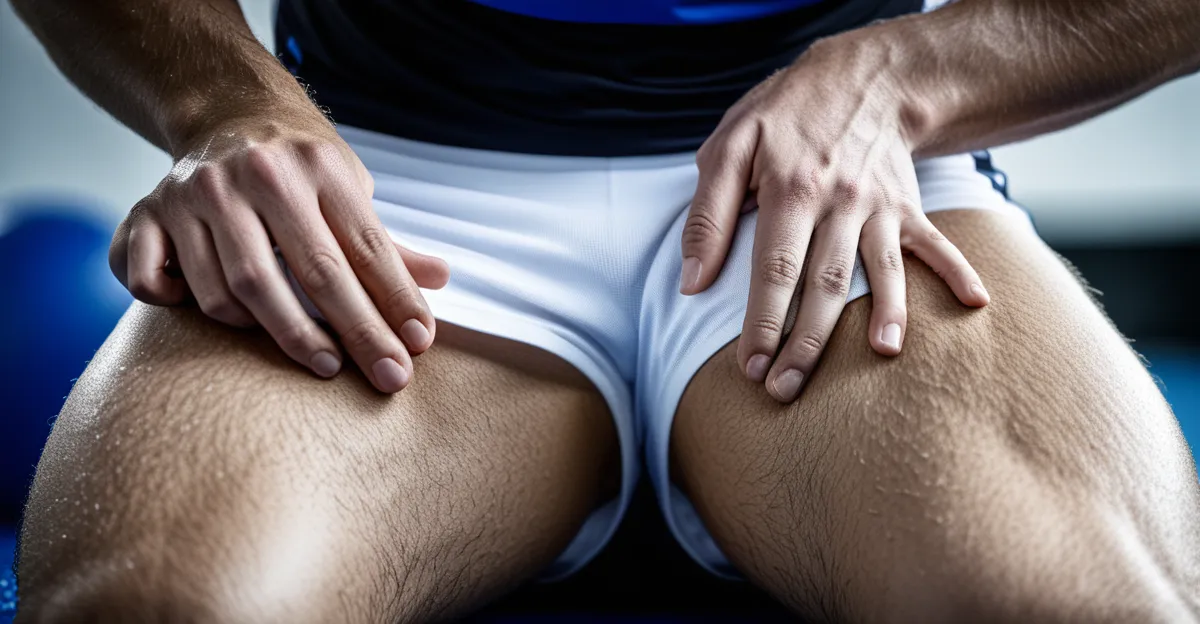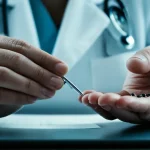Innovations Driving Athlete Recovery in UK Sports Medicine
Recent advancements in sports medicine innovations within the UK are transforming how athletes recover. Groundbreaking athlete recovery UK research highlights the efficacy of integrating wearable technology with regenerative therapies. Wearable tech, such as smart patches and biometric sensors, offers real-time data on muscle activity, fatigue, and hydration levels, enabling tailored recovery protocols. This precision supports faster healing and reduces injury recurrence.
Emerging regenerative techniques, including platelet-rich plasma (PRP) therapy and stem cell treatments, show promise in accelerating tissue repair. UK-based studies report significant improvements in recovery rates among athletes using these approaches compared to conventional rehabilitation.
This might interest you : How Does the UK Sports Scene Influence Youth Development?
Injury rehabilitation has also seen progress through enhanced movement analysis software and targeted neuromuscular training programs. These techniques focus on rehabilitating not just the injury but also preventing further damage by improving biomechanics.
The latest research consistently underscores how combining technology with clinical expertise fosters personalized athlete recovery UK strategies. This synergy is crucial for optimizing outcomes and returning athletes to their peak performance efficiently. As innovations continue, the commitment to evidence-based advancements in British sports medicine solidifies the country’s leadership in athlete care.
In the same genre : How Might UK Sports Shape Cultural Identity?
Role of Leading UK Organisations in Advancing Recovery Science
Understanding who drives innovation is key when examining sports medicine innovations in the UK. Leading UK sports medicine clinics and specialist centres play a pivotal role in athlete recovery UK efforts. Institutions such as the Aspetar Orthopaedic and Sports Medicine Hospital (although outside the UK, closely collaborating), alongside UK-based entities, offer cutting-edge facilities that integrate research findings directly into clinical practice. These clinics often act as hubs where new sports medicine innovations are trialled and refined.
Collaboration is another cornerstone. Sports medicine organisations UK actively bridge universities, the NHS, and elite sports bodies, creating a strong network for information exchange and joint projects. This multifaceted cooperation enables rapid translation of the latest research into viable therapies and rehabilitation programs tailored to athletes’ specific needs.
National initiatives, often coordinated by these entities, aim to elevate standards across the country. They facilitate access to advanced diagnostics, promote shared databases of recovery outcomes, and fund longitudinal studies. Such efforts ensure that athlete recovery UK benefits from robust, evidence-backed protocols, ultimately improving both amateur and professional athletes’ rehabilitation journeys.






